Wacom, designer of premium digital art creation devices, announced on Tuesday a new entry in its Cintiq line of Mac- and PC-compatible drawing tablets, the Cintiq 13HD.
In addition to its 13-inch 1920x1080 HD LED display, the Cintiq 13HD features a built-in stand, allowing for adjusting the tablet to flat, 22º, 35º, and 50º angles. The 13HD is also compatible with both Macs and PCs, as with previous Wacom tablets, and it features customizable ExpressKeys and a Rocker Ring allowing for easy function navigation.
An integral aspect of the new tablet is its Pro Pen, a digitizer stylus with interchangeable nibs and 2048 levels of pressure sensitivity. Wacom's announcement of the device, though, contains little else in the way of details on the Pro Pen.
The 13HD joins the 22-inch 22HD, which Wacom released last year, as well as other offerings in the company's Cintiq Pen Display line such as the 24HD touch and 24HD.
While the 13HD requires attachment to a Mac or PC to function, Wacom has also confirmed that it is working on a mobile device. In February, on the company's Facebook page, a post confirmed that Wacom is developing a standalone portable device. Wacom didn't provide much in the way of details, but the company did say it is due out over the summer, and that it will release with "a real pressure-sensitive professional pen, smooth multi-touch, an HD display, and other valuable features that you haven't seen in other tablets."
The new Cintiq 13HD will sell directly from Wacom's online store, as well as through a number of select partners. The new device, scheduled to go on sale in the beginning of April, is listed at $1,000.
 Kevin Bostic
Kevin Bostic
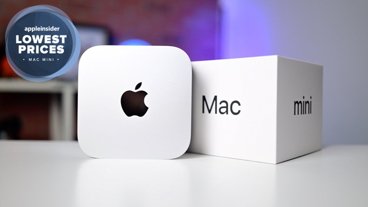
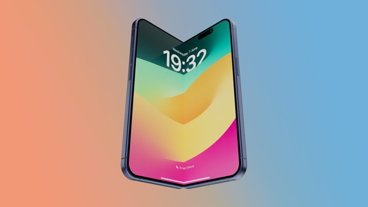

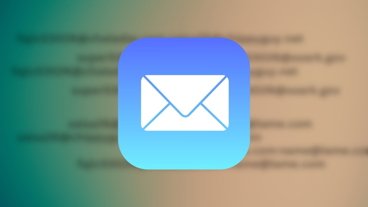




 Malcolm Owen
Malcolm Owen
 William Gallagher
William Gallagher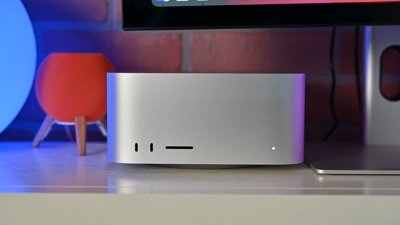


 Mike Wuerthele
Mike Wuerthele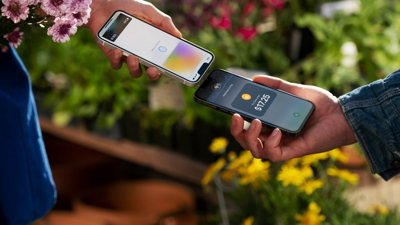

 Chip Loder
Chip Loder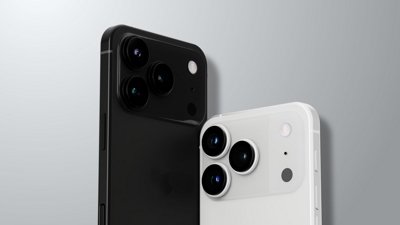
 Wesley Hilliard
Wesley Hilliard








14 Comments
If Apple should buy any company, it's this one. And, take it to the next level. Granted, it won't be easy, considering it's Japanese-owned.
Guess I'm confused... If it requires a Mac or PC, then why does it have its own display? I'm missing something here.
Guess I'm confused...
If it requires a Mac or PC, then why does it have its own display?
I'm missing something here.
Because it's more awkward/less precise to draw on a blank slab while your strokes appear on a separate monitor.
Artists use this with Photoshop, Illustrator, and the like.
I use my iPad as "poor man's Cintiq" using DisplayPad (and there are others) which makes my iPad into a wireless second monitor. Drag a Photoshop window over there, and on a fast home WiFi network it's pretty good. Of course, having a real Wacom stylus would be much better*... but the app was a couple bucks, vs. the high cost of a Cintiq.
* I don't have a Jot Touch stylus for my iPad. (I worry about scratching the glass.) Sounds like that might come closer to Wacom functionality--but only with iPad apps. Not with Mac/PC apps--which is what a Cintiq is for.
[quote name="GQB" url="/t/156552/wacom-debuts-new-cintiq-13hd-for-artists-standalone-tablet-on-the-way#post_2296767"]Guess I'm confused... If it requires a Mac or PC, then why does it have its own display? I'm missing something here.[/quote] It doesn't run the software like Photoshop or Illustrator (edit: as pointed out above). I'd like to see Apple allow the iPad to do this. I don't think it needs a pen or specialised function. It could really just detect movement above the surface (yes like the Galaxy S4, except not really poorly). Then you could use a pen or finger and have pressure sensitivity just by how far from the screen you move. The advantage with the contact is that a lift-off means you stop drawing but they can have a gesture to lift-off like touch finger and thumb to draw, separate to lift-off.
I'd like to see Apple allow the iPad to do this. I don't think it needs a pen or specialised function. It could really just detect movement above the surface (yes like the Galaxy S4, except not really poorly). Then you could use a pen or finger and have pressure sensitivity just by how far from the screen you move. The advantage with the contact is that a lift-off means you stop drawing but they can have a gesture to lift-off like touch finger and thumb to draw, separate to lift-off.
It'd be better to do pressure sensitivity on iPad via the size of the contact with the surface when using something that "squishes" (like a fingertip or a soft tip stylus). However, discerning multiple touches in a small area from a single high-pressure touch might be difficult. Wacom only has to support a single pen making contact with their device.